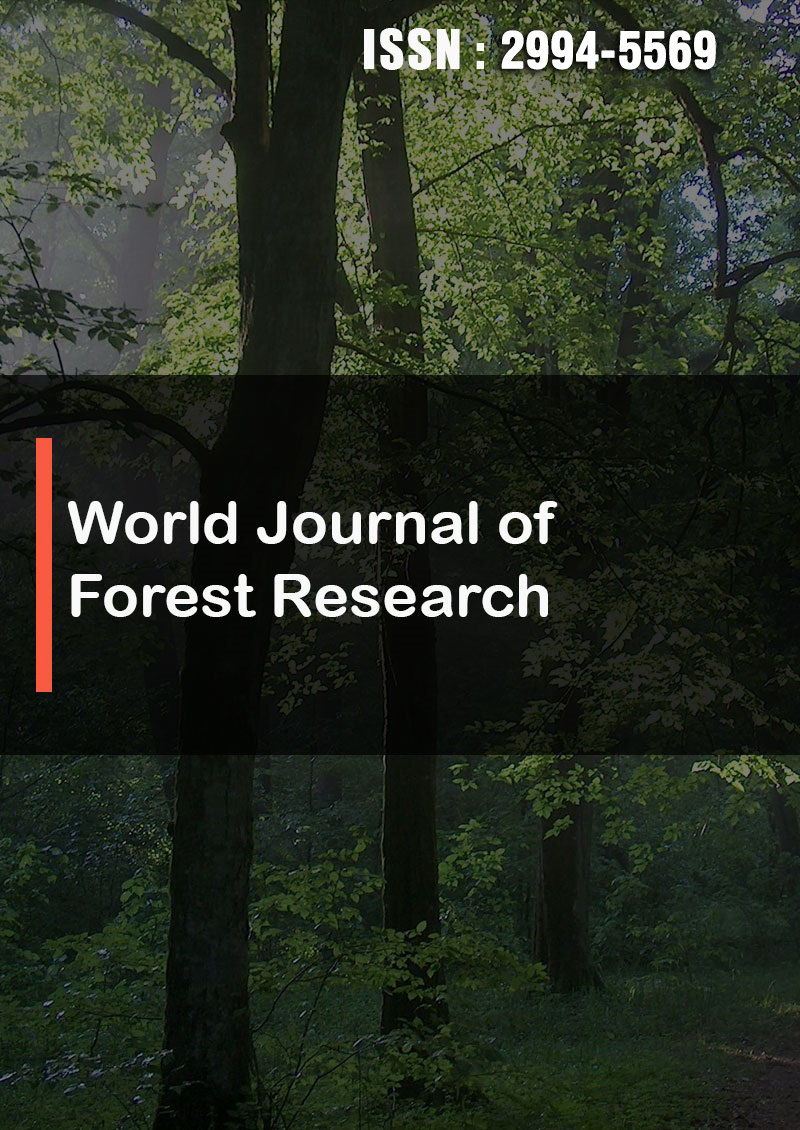Trees Supplies and the Relevance of Ecosystem Services in Brazzaville Urban Environment
Abstract
Kimpouni V, Nzila J.D.D, Watha-Ndoudy N, Ngono-Kipari P.L, Bileri-Bakala G, Massamba-Makanda C.M, Mam-bou�ni J.C.
The study of the contributions of the trees of court and the relevance of the ecosystem services was carried out in Braz- zaville in the district 7 Mfilou. This research, which contributes to the floristic knowledge of the environment, promotes the goods and ecosystem services provided to humanity. The methodology is based on a literary review, a floristic in- ventory of plots and ethnobotanical surveys involving the populations. The criterion for the selection of surveyed plots is to have at least two trees of diameter at breast height (dbh) ≥ 10 cm. The floristic inventory counted 1655 trees for 45 species and 26 families. Mangifera indica is the dominant species and Fabaceae the most diverse. Backyard trees provide a food, economic, phytotherapeutic and environmental contribution. In addition to this contribution, fourteen ecosystem services grouped into three categories (provisioning, regulatory and socio-cultural) are identified. Data from ethnobotanical indices highlight the adherence of populations to the material and immaterial values of urban forestry. The duality of man and his environment, the fruit trees are plebiscited and the resilience of the city collects the major fraction of the frequencies of citations. Urban arboriculture, despite its paucifloristic character, is a source of biodiversity that sometimes underlies socio-cultural values.




